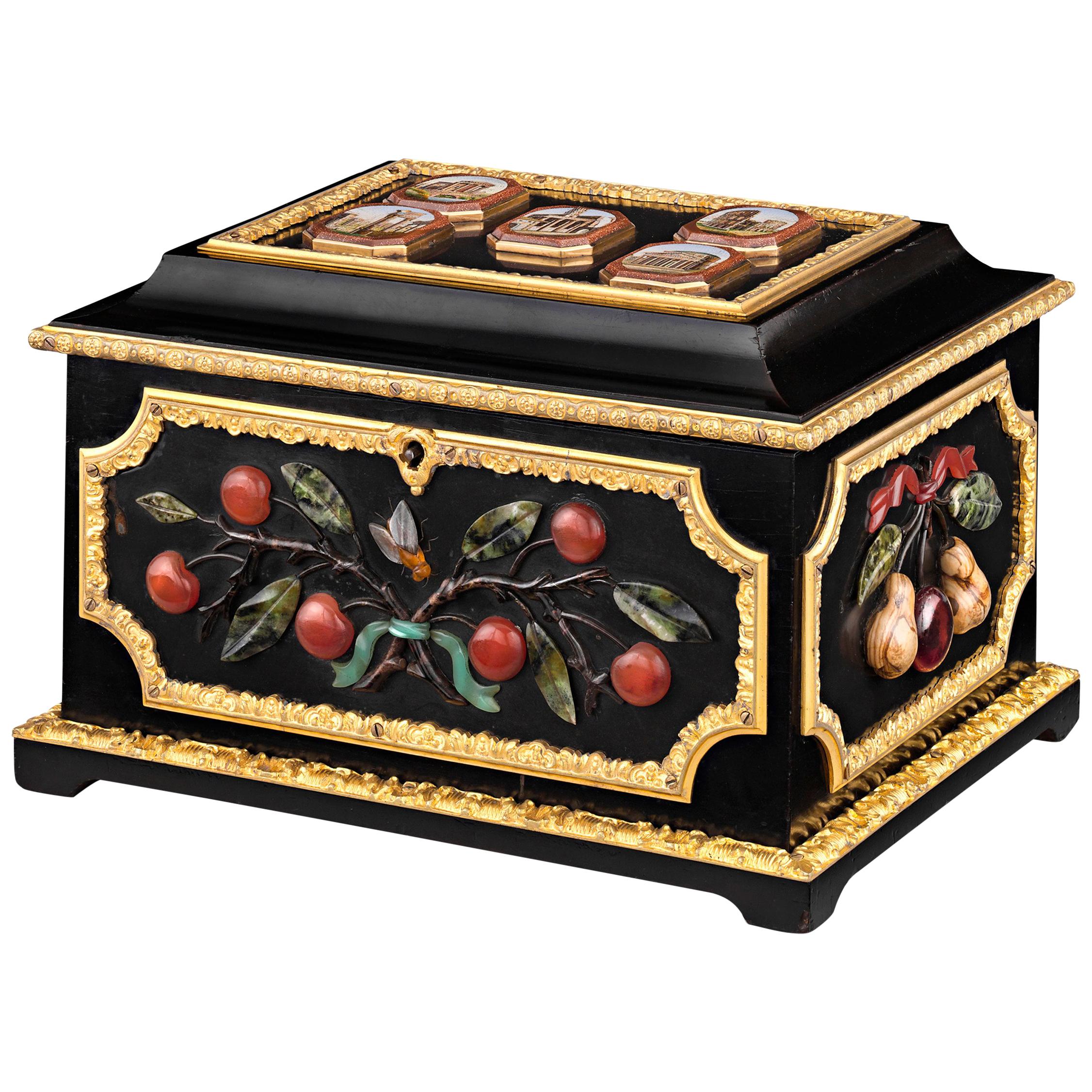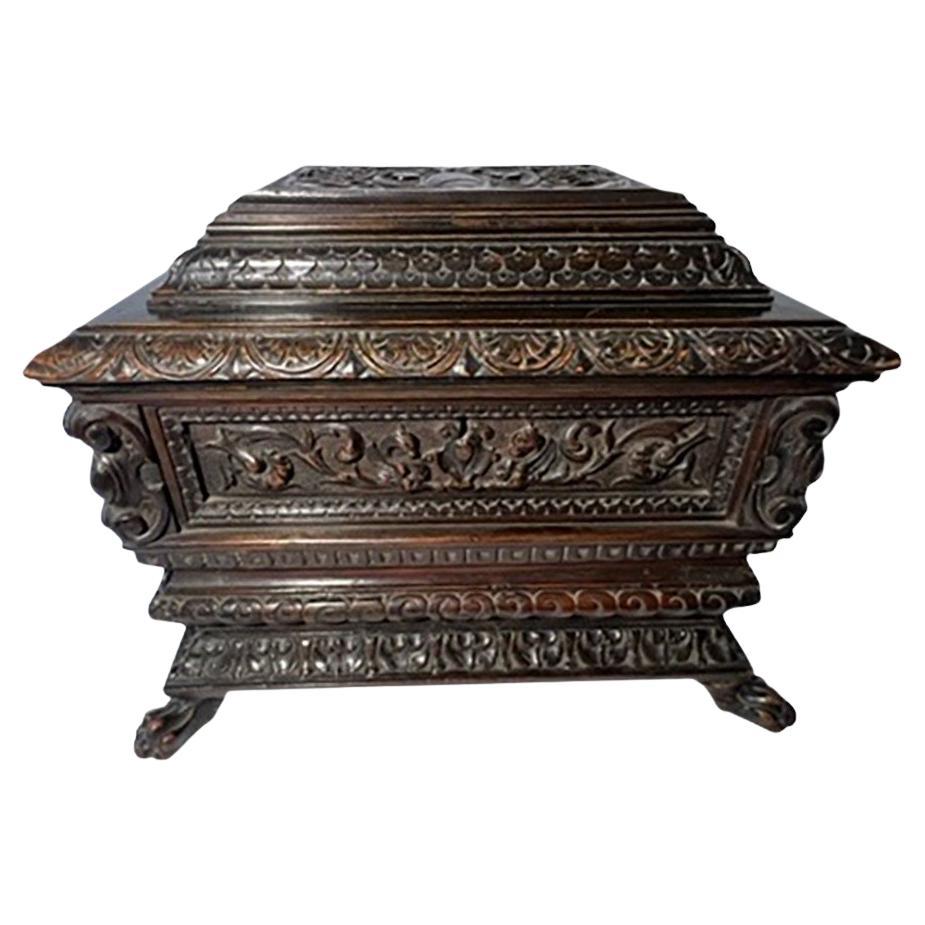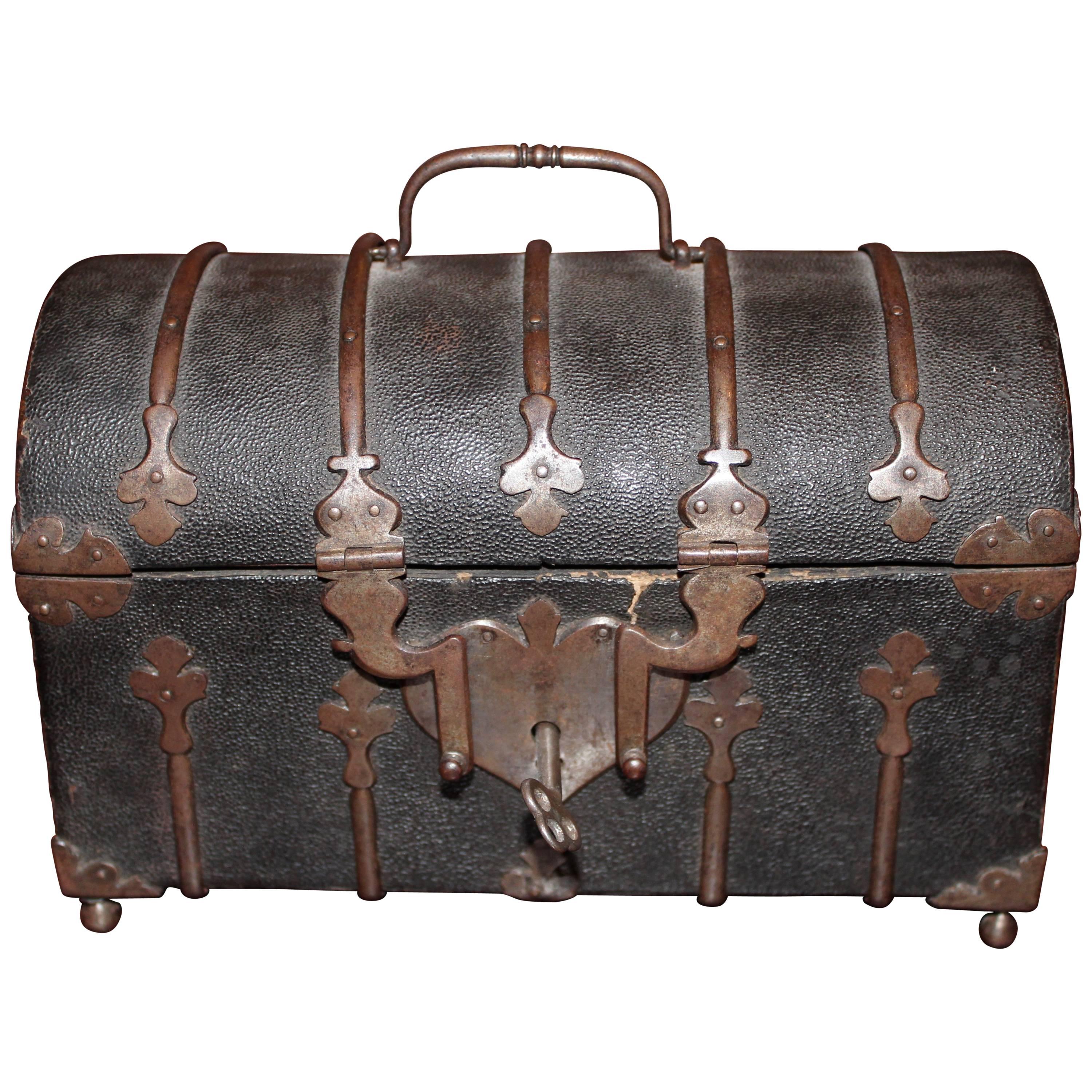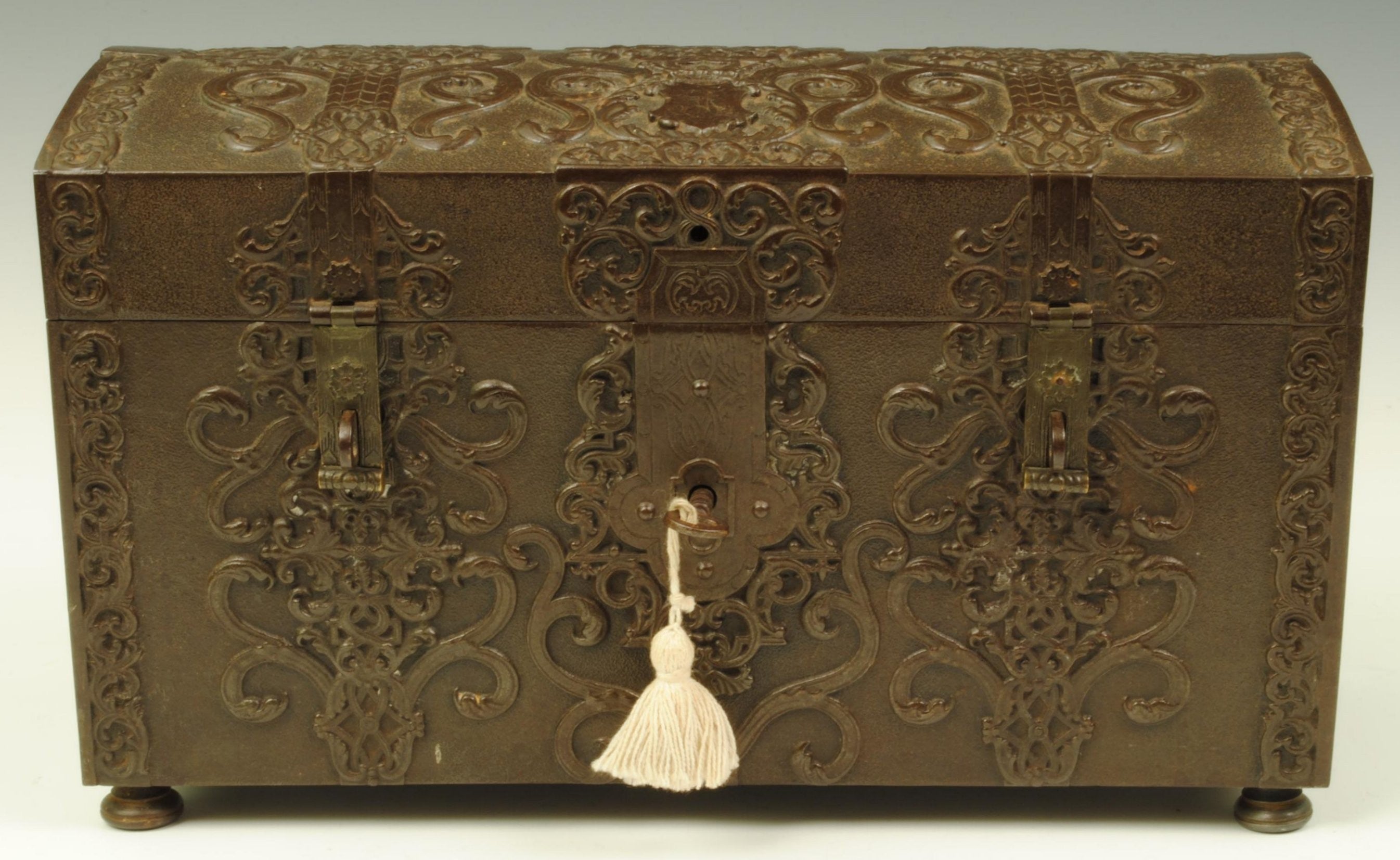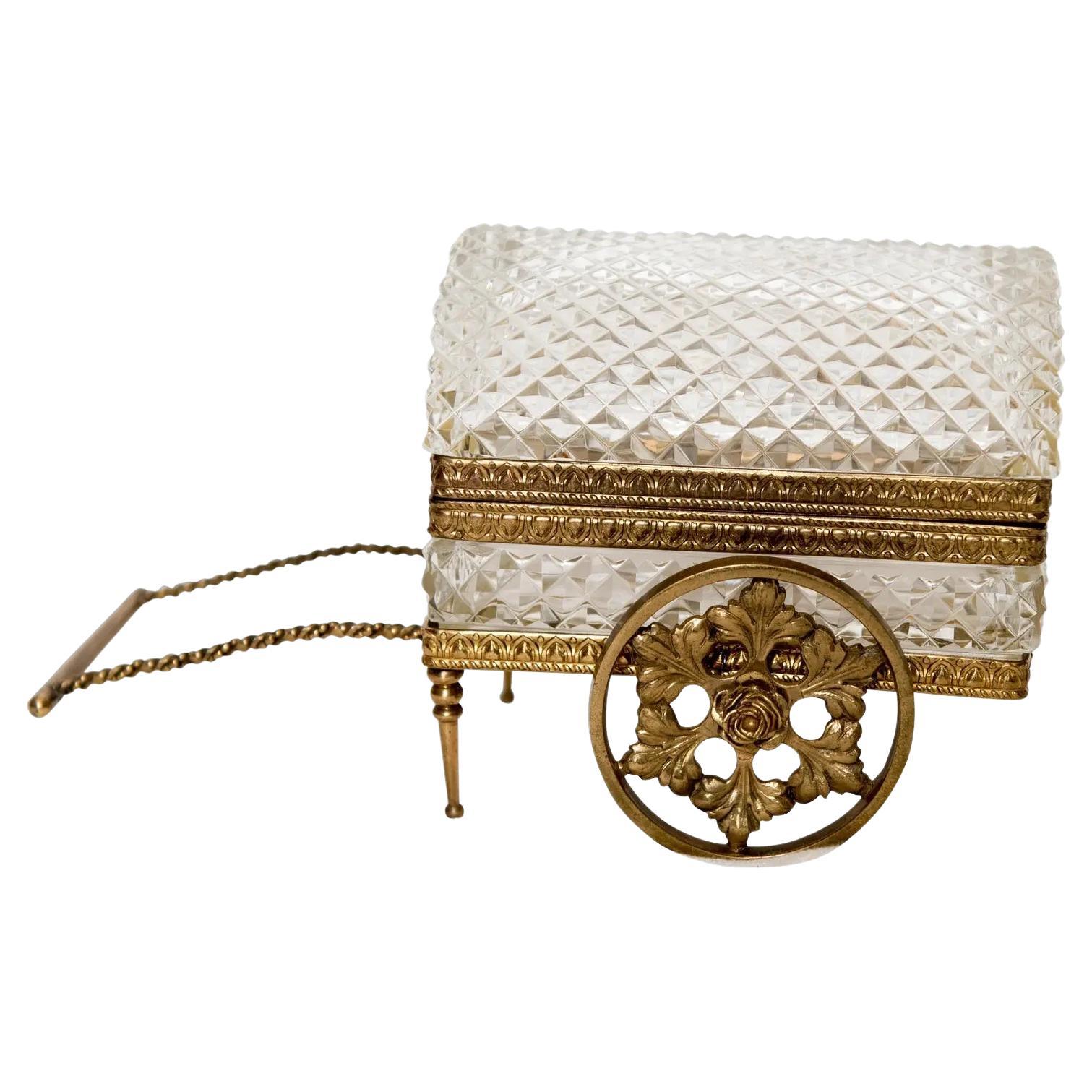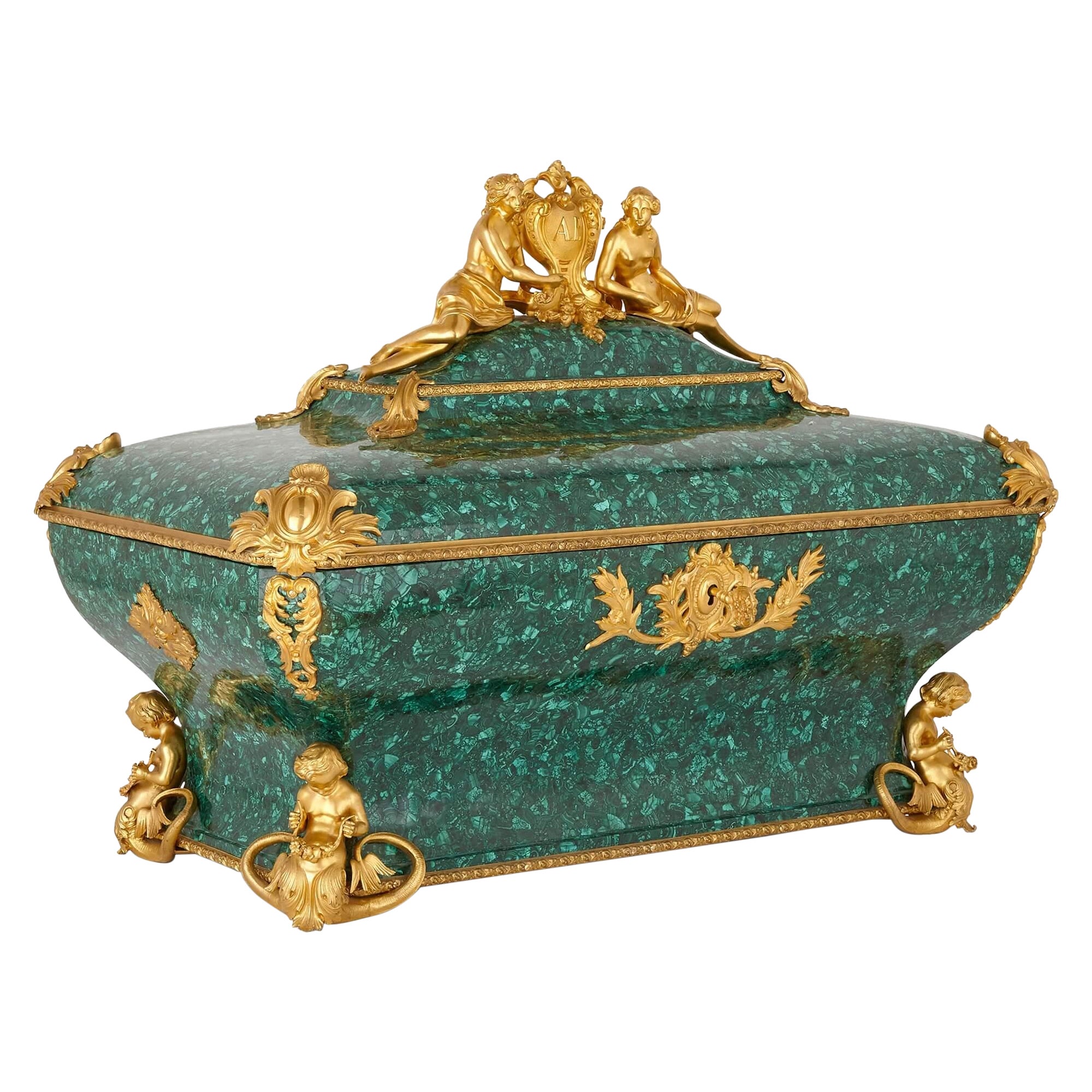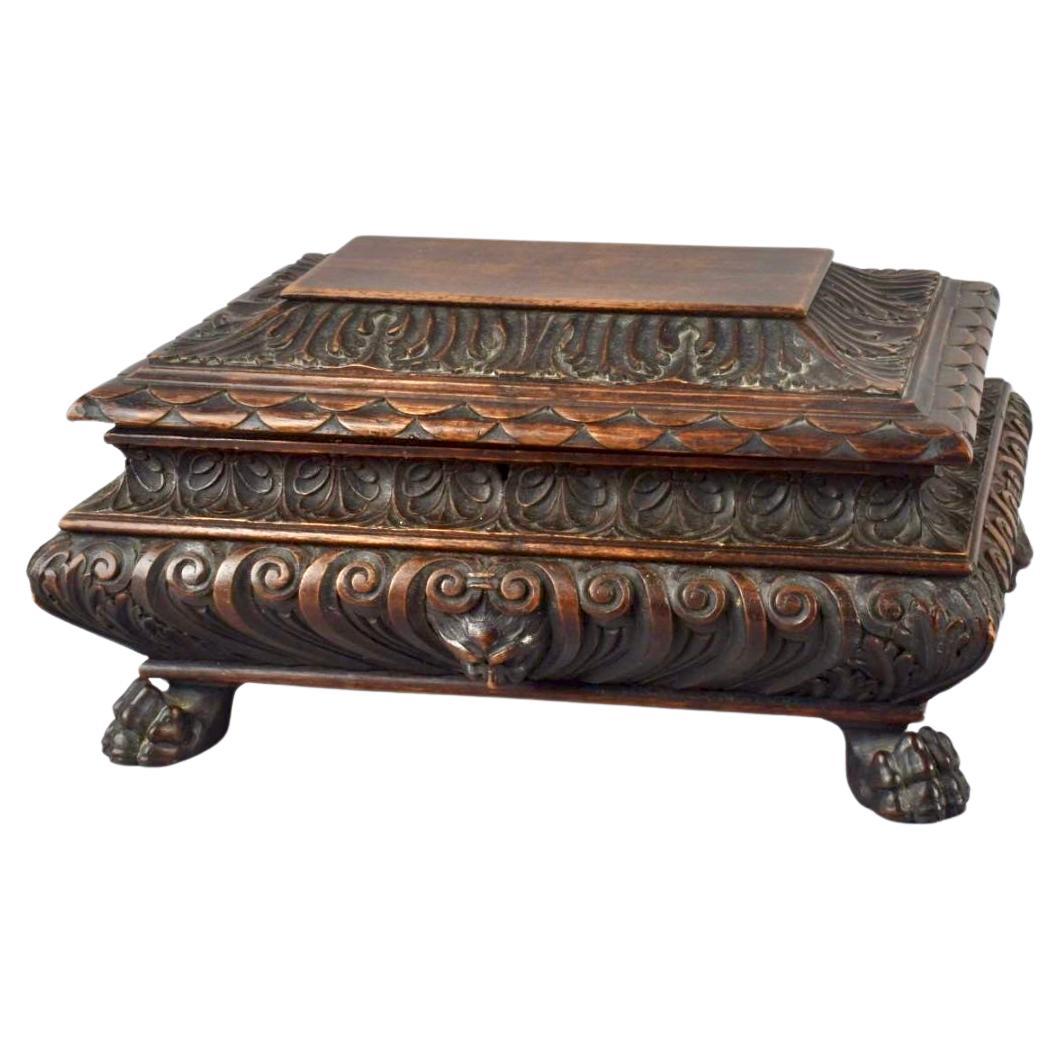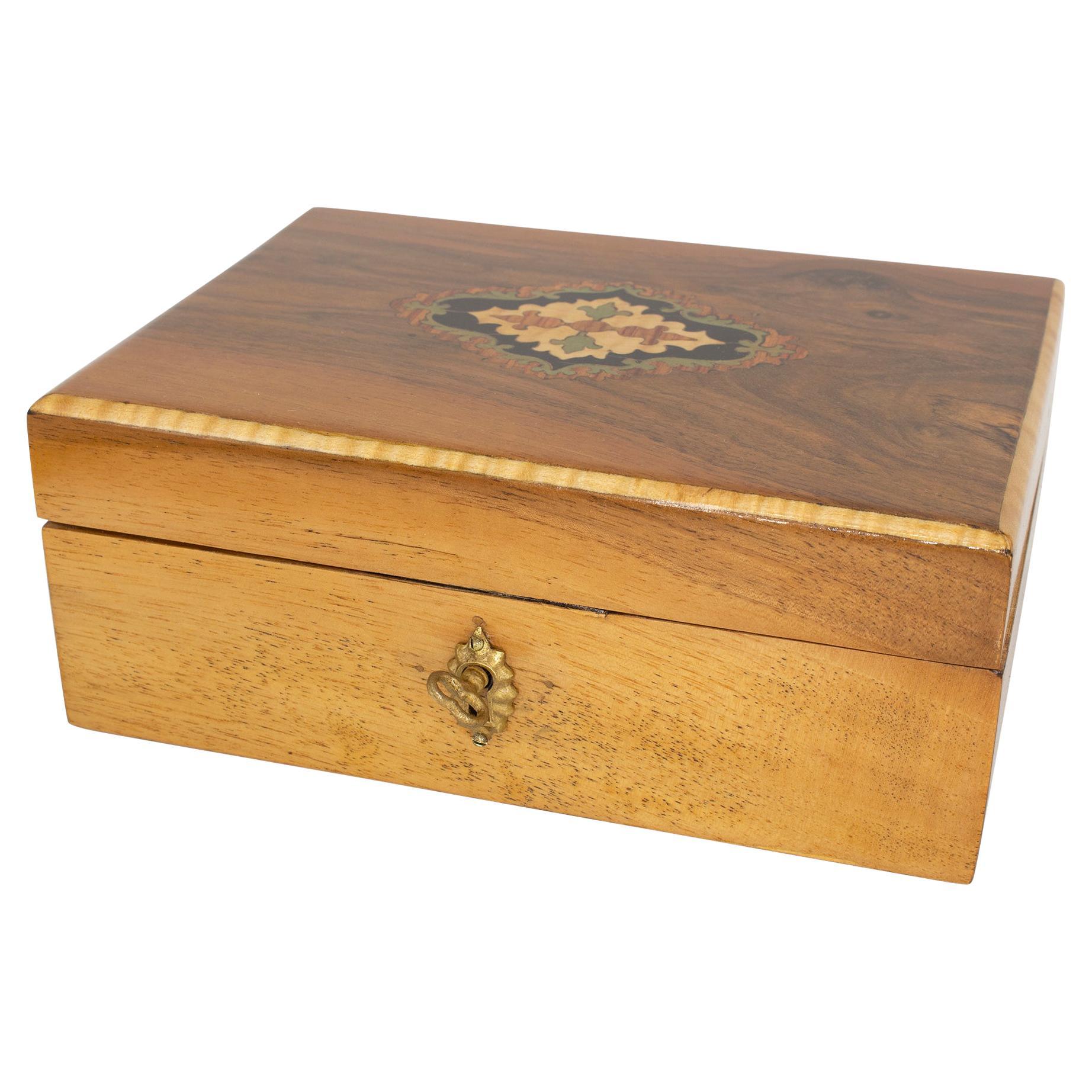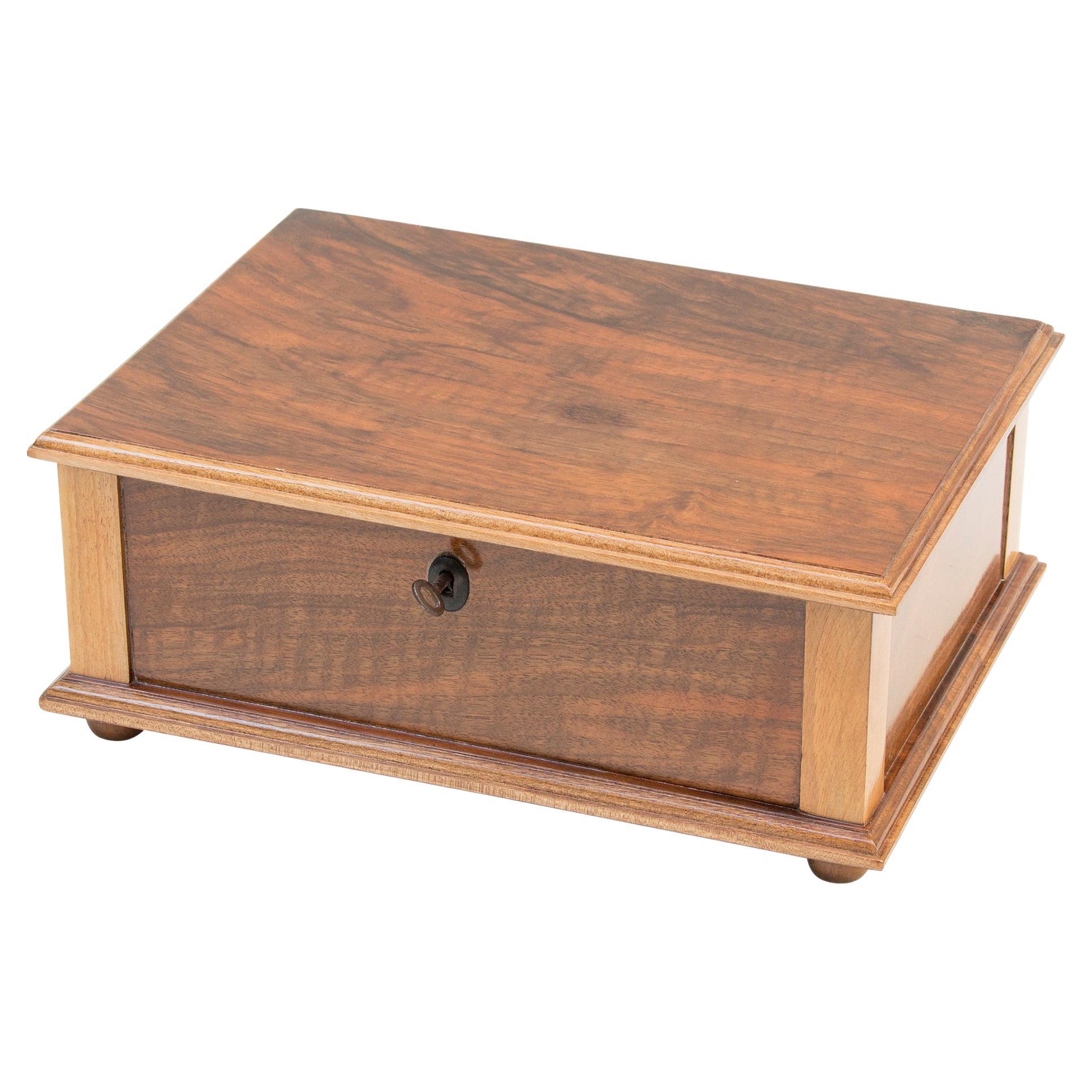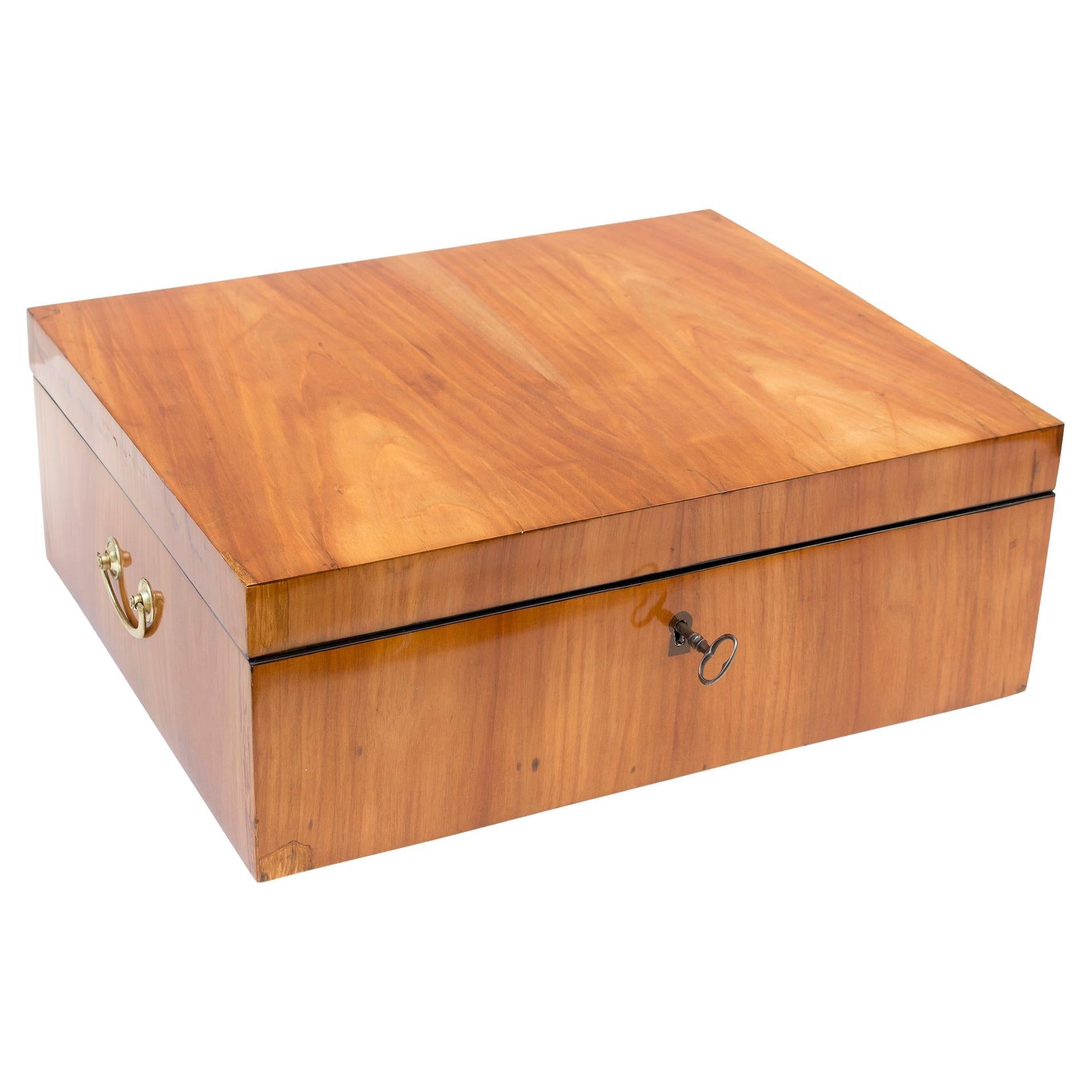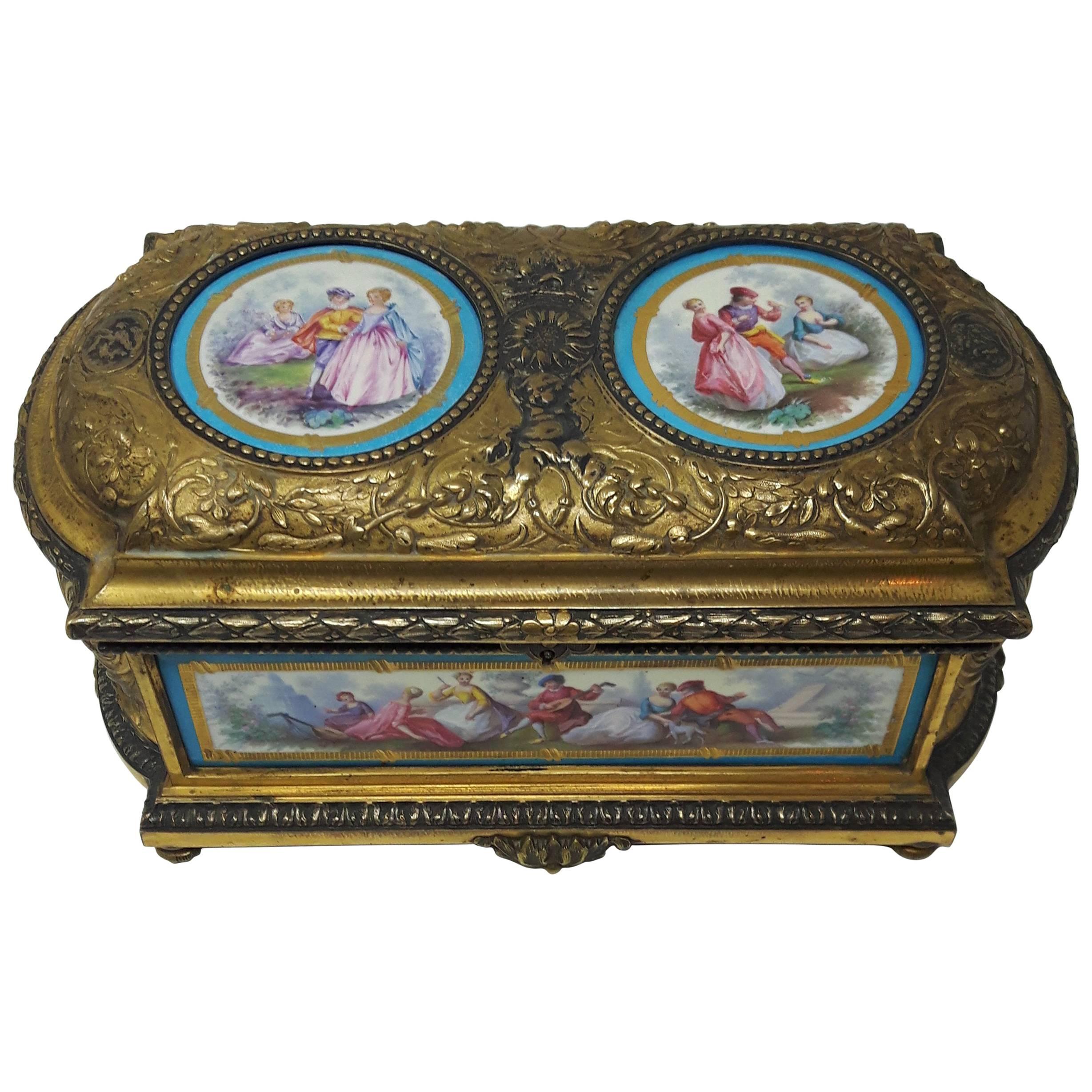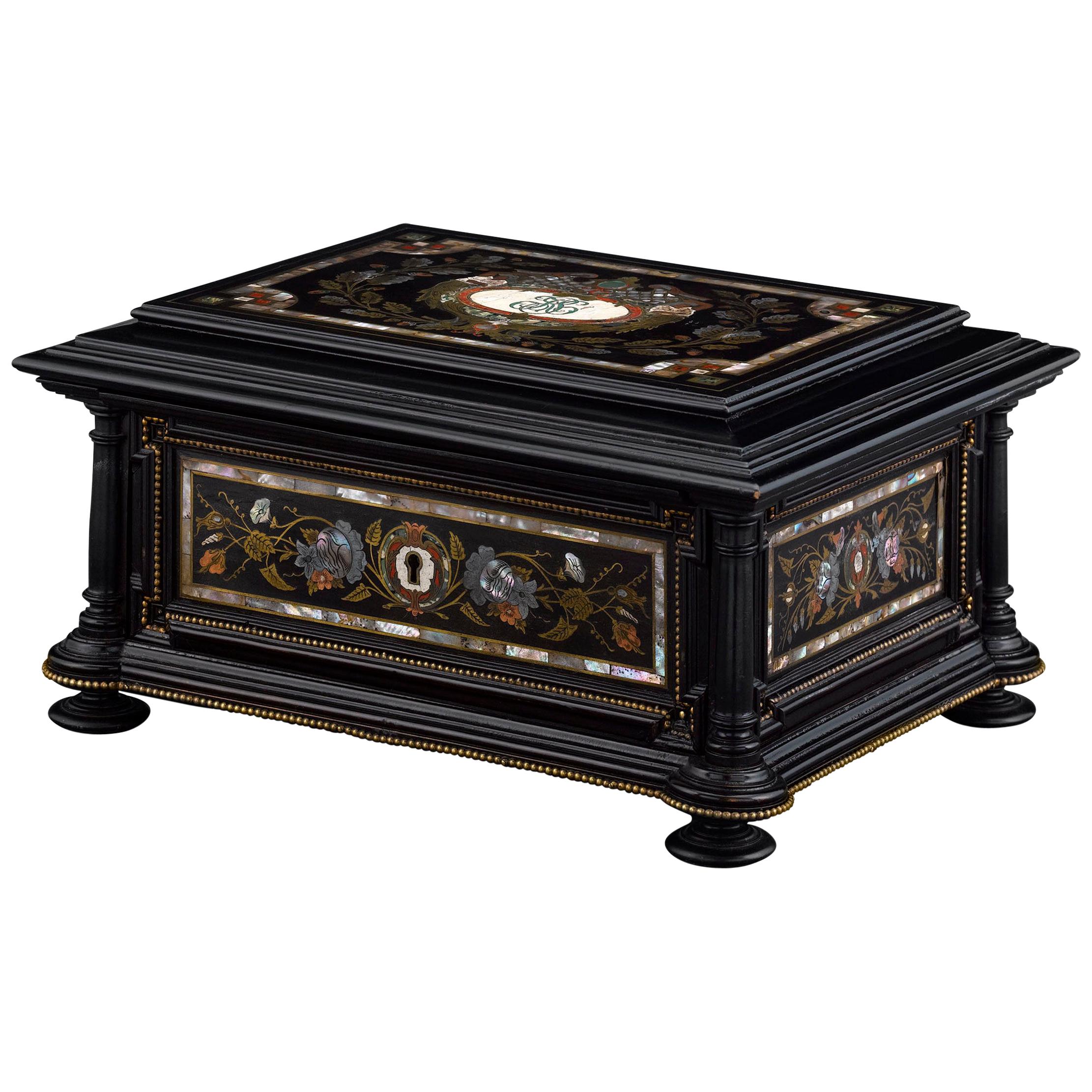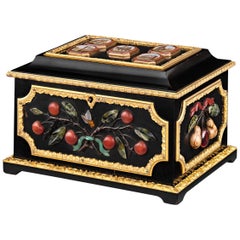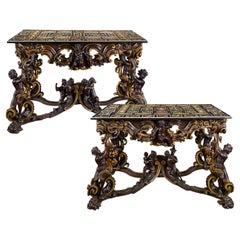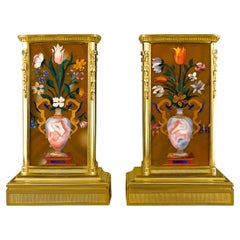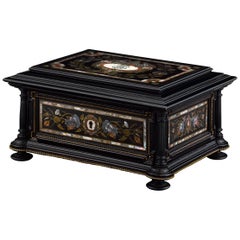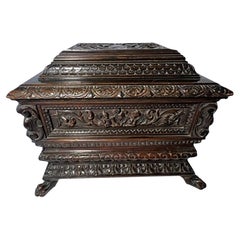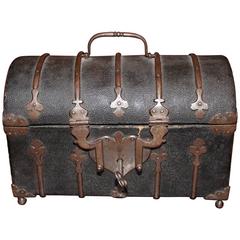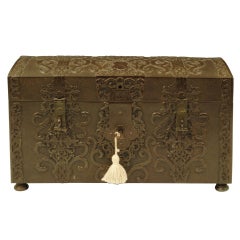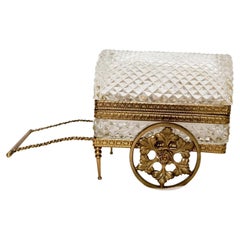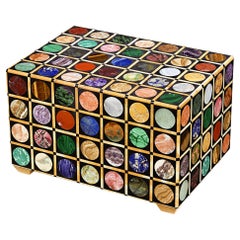
Pietre Dure Specimen Casket
View Similar Items
Want more images or videos?
Request additional images or videos from the seller
1 of 6
Pietre Dure Specimen Casket
About the Item
- Dimensions:Height: 7.88 in (20.02 cm)Width: 12.63 in (32.09 cm)Depth: 9 in (22.86 cm)
- Style:Neoclassical (In the Style Of)
- Materials and Techniques:
- Period:
- Date of Manufacture:19th century
- Condition:
- Seller Location:New Orleans, LA
- Reference Number:Seller: 31-82471stDibs: LU891137588842
About the Seller
5.0
Recognized Seller
These prestigious sellers are industry leaders and represent the highest echelon for item quality and design.
Established in 1912
1stDibs seller since 2010
107 sales on 1stDibs
Typical response time: 4 hours
Authenticity Guarantee
In the unlikely event there’s an issue with an item’s authenticity, contact us within 1 year for a full refund. DetailsMoney-Back Guarantee
If your item is not as described, is damaged in transit, or does not arrive, contact us within 7 days for a full refund. Details24-Hour Cancellation
You have a 24-hour grace period in which to reconsider your purchase, with no questions asked.Vetted Professional Sellers
Our world-class sellers must adhere to strict standards for service and quality, maintaining the integrity of our listings.Price-Match Guarantee
If you find that a seller listed the same item for a lower price elsewhere, we’ll match it.Trusted Global Delivery
Our best-in-class carrier network provides specialized shipping options worldwide, including custom delivery.More From This Seller
View AllMicromosaic and Pietre Dure Grand Tour Casket
Located in New Orleans, LA
The time-honored decorative techniques of pietre dure and micromosaic are combined in this rare and exceptionally-crafted Grand Tour casket. Serving as a m...
Category
Antique 19th Century European Greco Roman Decorative Boxes
Materials
Stone, Bronze
Grand Ducal Pietre Dure Console Tables
By Andrea Brustolon
Located in New Orleans, LA
Among the most beautiful examples of hardstone artistry that have ever entered our collection, these important Grand Ducal pietre dure console tables are in a class all their own. Their powerful architectural elegance, impressive size and rarity make them two of the finest hardstone masterpieces ever created and quite possibly the greatest pair of pietre dure tables in existence.
With their naturalistically rendered flowers and birds, these tabletop panels showcase the particularly fine quality craftsmanship of the Grand Ducal workshops in Florence during the first quarter of the 17th century. Grand Duke Ferdinando I de Medici, one of the most important personages in the annals of art history, established the Grand Ducal Workshop in 1588. The workshop specialized in the art of pietre dure developed from the ancient art of opus sectile, giving rise to the most luxurious and detailed examples of hardstone artistry ever produced. Its patrons were the Popes and Royals of Europe, and the quality of the objects produced in the workshop is without equal. Typically, because of the high level of workmanship the art form requires, pietre dure plaques were crafted in small sizes. The great majority of known examples of pietre dure are a fraction of the size of our grand tables. The combination of pietre dure and extensive use of other rare decorative hardstones such as lapis lazuli and pietra paesina or “ruin marble” meant that these tabletops were surely produced for a wealthy collector.
The tables are further distinguished by their superbly carved bases by Andrea Brustolon, known as the “Michelangelo of wood.” Brustolon was a Venetian wood sculptor known for his exuberant and intricate Baroque furniture. His high Baroque style was influenced by his years studying in Rome, where he was exposed to the sculpture of Gian Lorenzo Bernini. Crafted in the early 18th century, these bases display Brusolon’s unmatched talent for both figural and foliate work, combining cupids, masks and oversized scrolling vines for a grand, ornate effect. Similar furnishings by Brustolon are held in museums worldwide, including the Victoria & Albert Museum, the National Museum of Scotland and the Metropolitan Museum of Art, while the Ca' Rezzonico Museum in Venice features an entire room dedicated to the sculptor.
For approximately 150 years, these tables were part of the famed Stoneleigh Abbey collection owned by the Lord Leigh family. This renowned English country estate inspired Jane Austen to write Mansfield Park. Lord Leigh eventually sold the tables at Christie’s London in 1962, and the pair have stayed in the collection of the same Florentine family who purchased them from Christie's until we recently acquired them.
Our tables are prominently pictured in the important Saul Levy book Il Mobile Veneziano del Settencento. The pietre dure plaques date circa 1625-1650. The decorative tops likely would have originally been sold with a pair of plain stone columns to display them, and Lord Leigh would have commissioned the custom bases from Brustolon circa 1714 when he added the impressive four-story fifteen-bay Baroque West Wing to Stoneleigh Abbey.
A similar single Grand Ducal tabletop is in the United Kingdom’s National Trust Collection, and a smaller tabletop resides in Buckingham Palace. The flower and bird panels in our examples relate to the famous Badminton Cabinet...
Category
Antique 17th Century Italian Baroque Side Tables
Materials
Wood
Price Upon Request
Russian Malachite and Pietre Dure Plinths
Located in New Orleans, LA
The exquisite art of pietre dure is at its absolute finest in this spectacular pair of Russian ormolu and malachite plinths. True works of art of the Restauration period, these plinths each feature a matching pietre dure mosaic crafted of the finest stones, all chosen to create a sense of depth and dimensionality in the final work. Depicting an onyx vase with tulips, roses, daffodils, magnolia and other flowers, these pietre dure panels are among the finest examples of this ancient art we have seen.
The pietre dure is complemented by malachite panels of the highest quality, exhibiting exceptional depth through its extraordinary cellular structure. Malachite is one of Russia’s most precious stones, and its presence in these plinths indicates commission and ownership by an individual of considerable status. Mounted in an excellent stepped ormolu base, these plinths originally served as bases for vases or candelabra.
The overall execution and appearance of these plinths is very characteristic of the taste associated with the immensely wealthy collector Nicolas Demidoff. As early as 1806, Demidoff had commissioned the Parisian goldsmith Henri August to supply a guéridon; in 1819, he ordered famed French bronzier Pierre-Philippe Thomire to supply mounts for a massive malachite vase (now in the Metropolitan Museum of Art, New York), as well as a console table with legs in the form of Nike. Other commissions included a table given as a gift to Grand Duke Leopoldo II of Florence, now in the Pitti Palace. Demidoff eventually settled in Florence in 1822 and became Russian minister to the Tuscan Court. Elevated to the rank of Count of San Donato by the Grand Duke, he built a magnificent villa at San Donato on the site of lands formerly owned by the Medici. The villa was later inherited by Anatole, his son, Prince of San Donato, and there are records which confirm transactions he had with the Opificio delle Pietre Dure.
The 19th century proved to be the golden age of Russian malachite. The stone became a sign of prestige and a token of wealth, so much so that Russian papers of the time wrote: "To afford having a big piece wrought in malachite is synonymous to owning diamonds." Year after year the Russian (Romanov) treasury paid increasingly unreasonable prices to hoard the best malachite, much of which went into Romanov palaces and extravagant objets d'art. The Hermitage Museum possesses a collection of over two hundred examples of this “palatial” malachite...
Category
Antique 19th Century Russian Pedestals
Materials
Malachite, Ormolu
$168,500 / set
Musical Jewelry and Sewing Casket
Located in New Orleans, LA
This charming musical jewelry and sewing box is a work of sublime artistry. Almost certainly German or Austrian in origin and crafted of deep, ebonized...
Category
Early 20th Century Austrian Other Decorative Boxes
Materials
Multi-gemstone
Silver-Mounted Glass Casket by Daum Nancy
By Daum
Located in New Orleans, LA
This enchanting green glass and silver casket from renowned French art glass company Daum evokes the verdant lushness of a summer garden. Finely detailed silver clovers and vines encircle rich green glass in this luminescent and highly unique piece.
Daum has been one of the most important names in French art glass since the late 19th century. Employing a team of talented artists, the firm produced both commercial glass and singular pieces of outstanding quality. Daum glass was first produced in about 1872, manufacturing plate glass and tableware for the French market in Nancy, and it was in 1890 that Auguste and Antonin Daum...
Category
20th Century French Decorative Boxes
Materials
Silver
Silver-Gilt Musical Snuff Box by François Nicole
Located in New Orleans, LA
This exceptional Swiss silver-gilt musical snuff box was crafted by the famed François Nicole. At first glance, the diminutive piece appears to simpl...
Category
Antique 19th Century Swiss Neoclassical Snuff Boxes and Tobacco Boxes
Materials
Silver
You May Also Like
Carved Italian Casket
Located in Dallas, TX
Antique turn of the century carved Italian mahogany casket in the style of a tomb with scrolls, acanthus leaves, bellflowers and a punch work background with winged griffons on the s...
Category
Antique Early 1900s Italian Decorative Boxes
Materials
Silk, Mahogany
$5,800
Domed Chagrin Casket
Located in West Chester, PA
Very rare wood, iron and sharkskin domed casket on ball feet. Ornamented with iron strap work and double hasp lock. Silk damask interior.
Ex collection of...
Category
Antique Late 17th Century French Renaissance Decorative Boxes
$9,500
French Metal Casket
Located in Lincolnshire, GB
A decorative metal casket with timber lined interior, making it good for cigars!
Category
Antique 19th Century French Decorative Boxes
Materials
Metal
$1,930
Vintage German Crystal & Bronze Jewelry Casket Carriage
Located in Elkhart, IN
A very rare vintage cut crystal jewelry casket/carriage with bronze mounts. The domed crystal casket sits on a bronze carriage stand with turnin...
Category
Early 20th Century German Neoclassical Decorative Boxes
Materials
Crystal, Bronze
$960 Sale Price
20% Off
Italian Wood Carved Casket Box
Located in Bradenton, FL
19th century Italian wooden carved casket box in the baroque style. Features gothic faces and lions paw feet. Can be used as a jewelry or trinket box or ...
Category
Antique 19th Century Italian Baroque Decorative Boxes
Materials
Wood
Art Nouveau Walnut Wood Casket
Located in Darmstadt, DE
Beautiful box / casket from the Art Nouveau period, made of walnut veneer on a softwood body. The top edge is trimmed with maple and in the center of the lid is a very beautiful vene...
Category
Antique Late 19th Century German Art Nouveau Decorative Boxes
Materials
Maple, Walnut, Softwood
$821 Sale Price
20% Off
